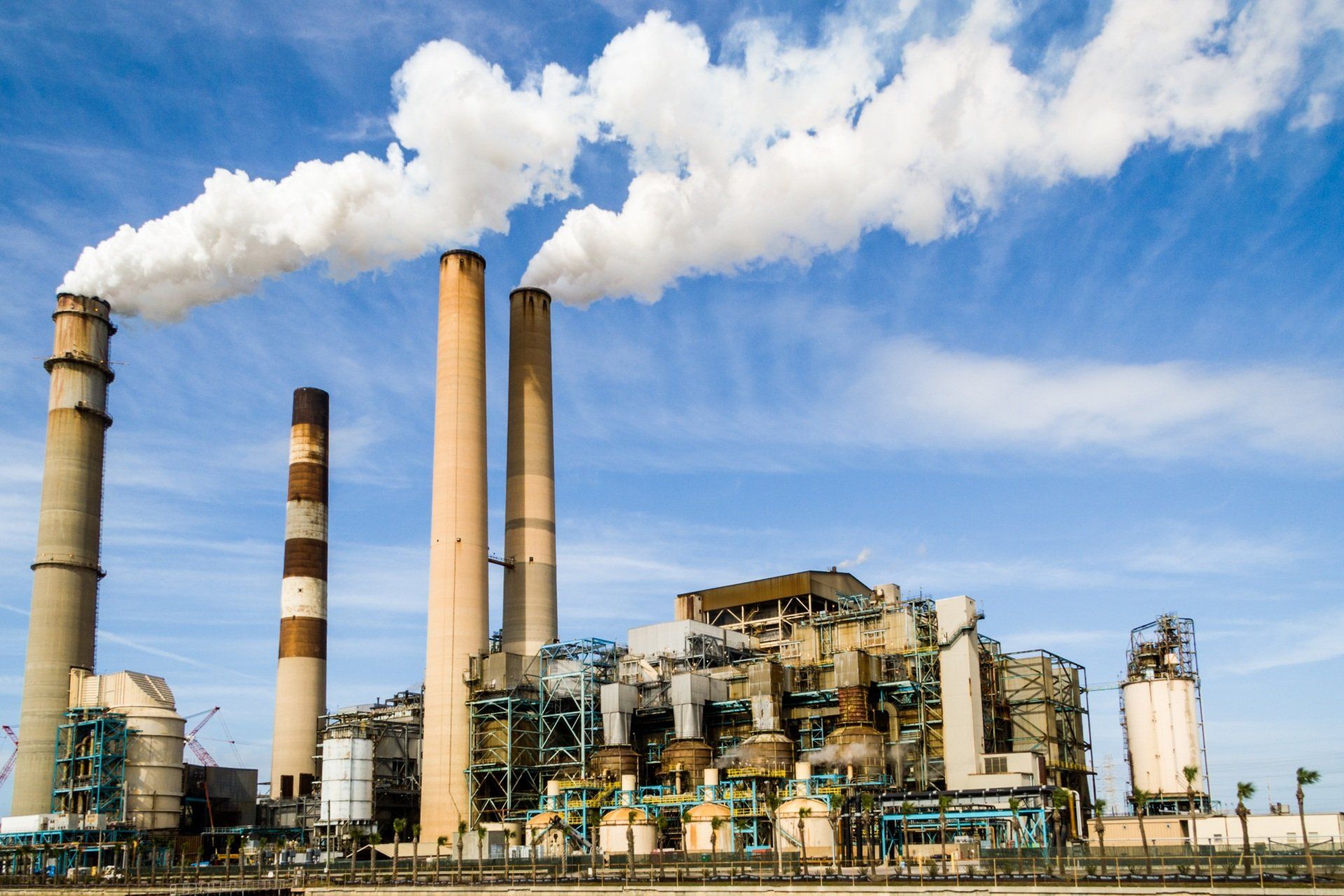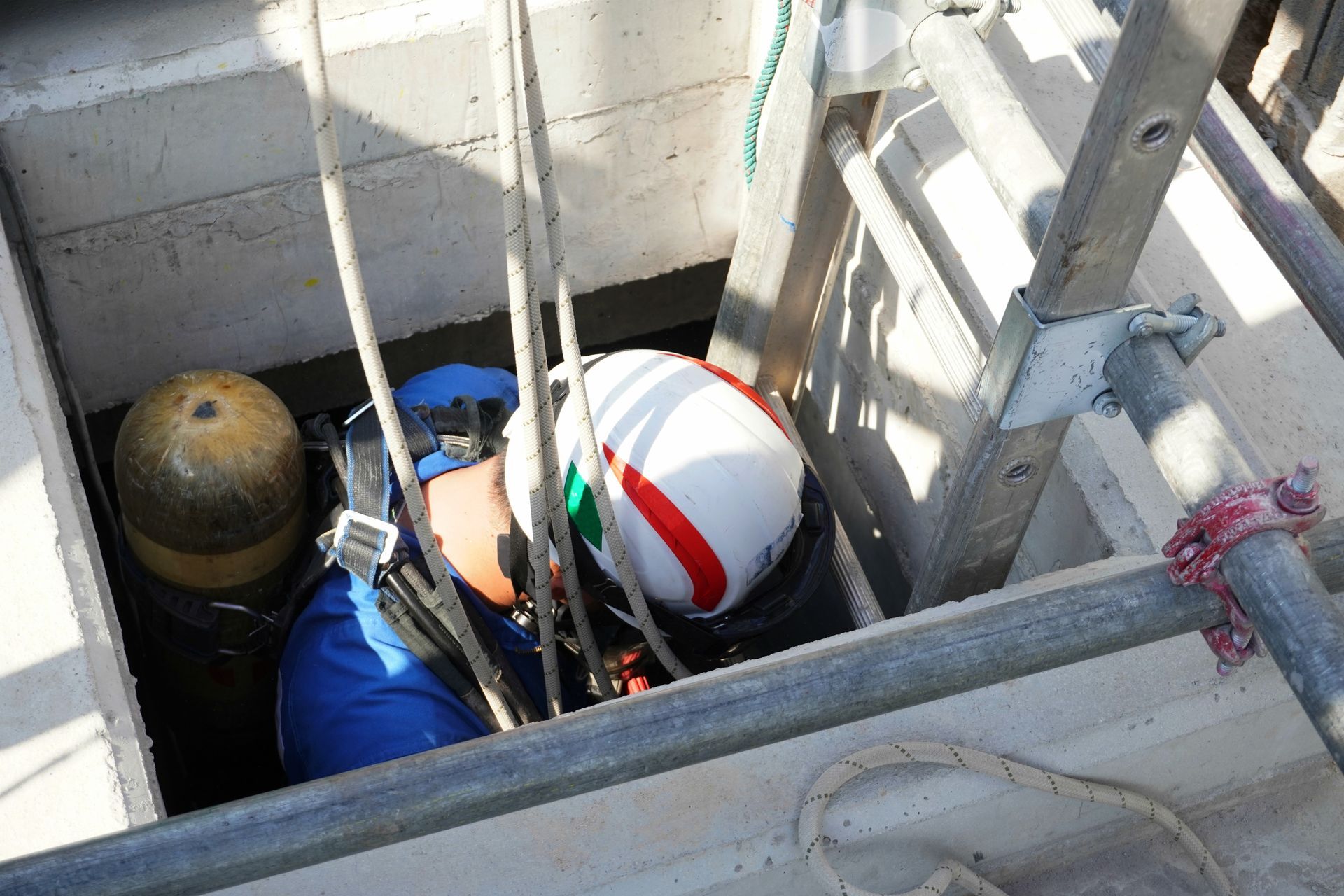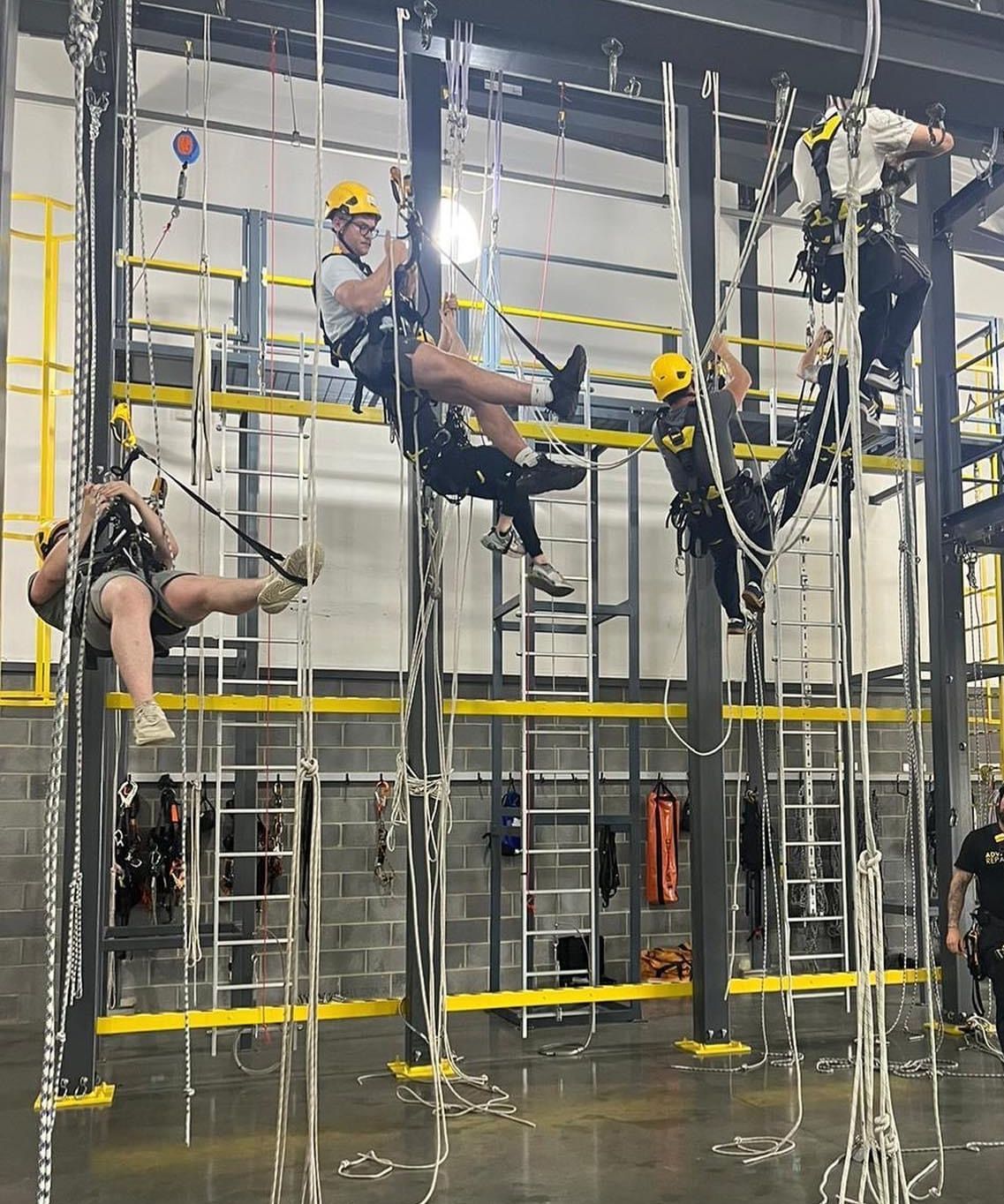Cutting Waste Management Costs with Rope Access

What is a Waste to Energy Facility
Waste Plant
Cutting Waste Management Costs with Rope Access
Understanding the mechanics of incineration facilities and the outlook of waste-to-energy market identifies different methods to finance these projects and the concerns over the bankability and risks associated. It demonstrates that low-profit margin and offtake, market and supply risks are significant concerns for incineration plants.
Waste-to-Energy
Waste production has always been an inevitable part of human life. The amount and variety of waste produced has increased over time, especially with the industrialisation of today’s societies. In general, the different types of waste are classified as follows:
Municipal solid waste;
non-hazardous waste produced mainly in residential or commercial environments.
Industrial waste;
waste that is produced as a result of industrial operations such as construction work and residual waste from raw materials processed in factories.
Hazardous waste;
waste containing substances harmful to humans and the environment. According to the World Bank, due to population growth and rapid urbanisation, the amount of waste produced will increase by 70% of the current level in the next thirty years, resulting in 3.4 billion tonnes of waste produced per year by 2050.
Waste Management Methods
Recycling, landfill, and incineration are the main methods used for managing waste. However, landfilling is the dominant method currently used for waste disposal. Landfills give rise to widespread health, safety, and environmental concerns, such as foul odours, the production of hazardous gases such as sulphide, carbon dioxide, ammonia, and methane, the risk of fire and soil and water contamination, and danger to animals, especially birds that feed on the rubbish. Landfills require a lot of space and allocating more space or expanding the existing landfill areas is challenging and sometimes impossible. In light of this issue and given the environmental risks posed by this waste disposal method, attention has been directed towards limiting landfill sites. For example, the EU has adopted a policy to reduce the amount of municipal waste disposal in landfill by 10% by 2035. In the USA, Washington’s legislatures passed a bill in 2022 intending to limit landfill-disposed materials by 75% by the end of this decade! Here in the UK we are some way behind.
Waste-to-Energy Methods
Incineration is a viable alternative to landfills that are increasingly used worldwide, mainly in developed countries. The solid waste left over from recycling is burned in incineration plants. The heat produced from the waste incineration process is used to generate electricity through steam turbines. The gases produced as a result of the incineration of waste are filtered to prevent emissions of hazardous gases.
In the incineration process, around 95% of the raw waste volume is reduced in a largely environmentally-friendly way while a considerable amount of power is generated. To put it simply, incineration plants not only alleviate concerns over landfilling but also lead to the generation of clean energy. The increased focus on limiting landfills and the benefits mentioned above have increased the desire and support for incineration power plants. This form of waste disposal opens up various business opportunities for companies, manufacturers and vendors, lenders and insurance companies, and investors who are active or wish to get involved in this sector in the UK and or internationally. According to the “Global Incineration Plants Market 2023–2027”, the market value of global incineration plants will increase by almost 6.1%, reaching nearly US$87 billion by 2027. The market is predominantly dominated by companies from Japan and Germany; UK companies do not have a significant share in this market, if at all. Moreover, Europe, the APAC, and the Middle Eastern regions were identified as the biggest markets for incineration plants, respectively during the above period.
Financing Waste-to-Energy Projects
As with other energy and infrastructure projects, waste-to-energy projects are financed by banks or other financial institutions, capital markets, private investors, and funds issued through project financing, equity financing, and debt security (bonds, promissory notes, etc.). Exim banks and Export Credit Agencies (ECAs) like UK Export Finance (UKEF) also finance export-related projects directly or indirectly by providing financial guarantees and insurance policies (mainly for political and credit risks) that can help companies raise the required funds through commercial banks. Not all projects qualify for the above financing solutions, however. Certain conditions must be met to qualify for the above financing solutions. In the case of UKEF, at least 20% (overall contract value) of the goods and services required for these projects must be sourced from businesses in the UK. Multilateral agencies (MLAs) like the World Bank Group (including the IFC and MIGA), the European Bank for Reconstruction and Development (EBRD) and the Inter-American Development Bank (IDB) provide solutions that can help secure the financing needed to implement waste-to-energy projects, mainly in less developed or developing countries. Multilateral agencies offer multilateral-backed facilities in the form of co-financing or syndicate loans, and, like ECAs, provide direct lending, financial guarantees, and insurance policies (mainly for political and counterparty risks) that help companies raise the required funds through commercial banks.
Issues and Risks of Waste-to-Energy Projects
There are some genuine concerns over the profitability and risks associated with waste-to-energy projects, particularly compared with other conventional and renewable power plants. In general, the profit margin of incineration power plants is narrow, mainly because of the following reasons:
- The incineration power plants’ CAPEX and OPEX are relatively high.
- The efficiency of the incineration power plants is around 20 to 25%, which is low, compared to the efficiency of steam turbines.
- The calorific value of general waste after recycling is around 10–14 CV (MJ/kg), which is low. To give an indication, the calorific value of diesel is about 46 CV (MJ/kg).
The risks associated with incineration power plants are considerable, particularly offtake, market and supply risks.
Offsetting the Risks
There are some solutions that have significant potential to properly address concerns about the profitability and risks of incineration plants. Providing and offering district heating using the heat generated through the incineration process can add more environmental and economic value. In addition, using modern power plants and adding Combined Heat and Power (CHP) plants increases the efficiency of the above power plants significantly. The extra incomes earned from providing regional heating and additional electricity generated due to the increase in the efficiency of waste incineration plants enhance these projects’ revenues and profit margins to a significant extent.
Amager Bakke, Denmark Waste Facility
The newly-built incineration facility in Copenhagen, Denmark (Amager Bakke) generates heat and electricity for more than 150,000 households, burning over 400,000 tonnes of waste. Its heat and electricity efficiency is 25% above the heat and electricity efficiency of the old plant in this city. New technologies allow the recovery of water and more residual materials that can add further environmental and economic value. For instance, the Amager Bakke waste facility allows the reuse of 90% of waste metals. This recovers 100 million litres of feed water and 100,000 tonnes of bottom ash, which can be used for road paving materials using modern flue gas condensation systems. The above solution can further improve the profit margins of incineration projects.
Cost Reduction
Waste production is an inevitable part of human life. It is estimated that the amount of waste generated will increase by 70% in the next 30 years. Waste-to-energy facilities are the ideal waste management solution. They do not have the environmental concerns of landfills but bring environmental and economic benefits, the most important of which is the production of clean electricity.
The number of waste-to-energy facilities is increasing. German and Japanese companies dominate this market, with British companies holding an insignificant share, despite having considerable financial and technical capabilities. As with other energy and infrastructure projects, the financing required for waste-to-energy projects is raised through debt and equity financing.
Due to the environmental and social value of these facilities, waste-to-energy projects fall into the ESG category. They may benefit from the financial, investment and tax incentives provided to ESG-related projects. Export Credit Agencies (ECAs) like the UKEF and the Multilateral Agencies (MLAs) like the World Bank Group (including the IFC and MIGA) etc, may directly finance or back financing of the waste-to-energy projects abroad (export-oriented) through underwriting or issuing/ arranging the guarantees and insurance policies required to mitigate the risks, most importantly, political and credit risks. The said solutions are crucial, especially concerning financing projects in less developed countries.
Using the latest technologies and providing district heating in addition to electricity can significantly increase the efficiency and profitability of incineration plants, alleviating concerns over the bankability of such projects. Waste-to-energy projects are exposed to common risks in the energy and infrastructure sectors, the most important of which are Offtake, Market and Supply risks. Contractual arrangements including long-term PPP, PPA and supply agreements equivalent to the lifetime of projects can be helpful in mitigating the volume and price risks associated with supporting these projects, and ongoing operational and maintenance costs.
Why Choose Dangle's Academy
Here at Dangle, we pride ourselves on offering a wide range of professional and comprehensive inspection, access, coatings, and composite (IACC) industrial services and training courses to cater to the needs of both the private and public sectors. Our dedication to providing high-quality work at height solutions and training has helped us establish a strong reputation in the industry.
With a team of highly skilled and experienced professionals, we are committed to delivering exceptional results that not only meet but exceed our clients' expectations. Our on-site working at height services are designed to minimise maintenance costs in the long and short-term, allowing our clients to save on valuable resources.
Located in Belfast, Northern Ireland, our headquarters serve as the centre of our operations across Ireland. However, we also have a Dangle office based in Scotland, ensuring that we can extend our services to a wider clientele across the United Kingdom. No matter where you are located, our team is always ready to assist you with your industrial maintenance or training needs.
If you would like to learn more about how our dedicated team can help you, we encourage you to get in touch with us today. Our friendly and professional staff are always available to provide you with the information and support you require.
Contact us now to discover the Dangle difference and let us be your trusted partner in meeting your industrial service and training needs today.
Energy from Waste Plant
Industrial Waste Plant
Incinerator Waste
We'd Love a Share...
You might also like


